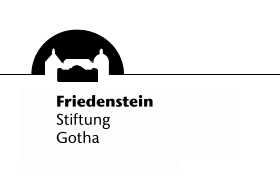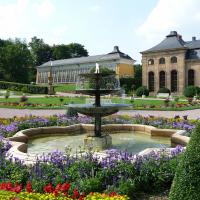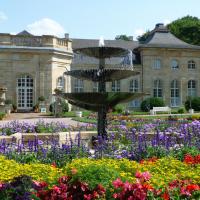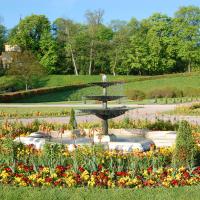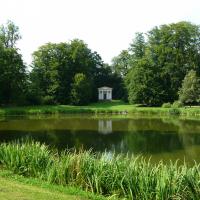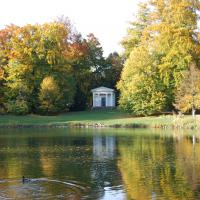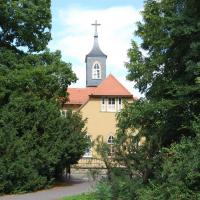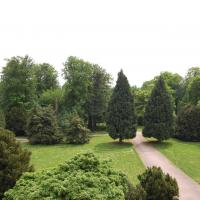Seeing only the collections and castle buildings would hardly explain the Castle Friedenstein myth: the parks around the Castle also have a central role. Historical gardens have increasingly shown themselves to be visitor magnets. The significance of the gardens in
An English park landscape sprawls around the castle in Gotha, with lakes and pavilions (such as the tea house), gently winding paths and ancient trees; this may be the oldest garden on the continent laid out in an English style, surpassing even the one in Dessau. Any view of the castle covers not only the buildings but also the surrounding landscape, which is perfect for a stroll.
The baroque gardens lie to Castle Friedenstein’s east, flanked by orangeries. These 18th-century buildings show unique architectural features, such as their central rooms decorated like halls of state. These buildings did not only serve to shelter plants in the winter months but also provided backdrops for baroque garden parties. The fan shaped arrangement in which lie the baroque flowerbeds opens onto the façade of Friedrichsthal House, creating a unique baroque ensemble. In the near future the orangeries will be used as display greenhouses, in which the gardens’ plants may be sheltered over the winter. A museum on baroque gardening and the history of orangeries in
The third garden lies between the Castle and the
During the expansion of the natural history collections, a large number of conifers were planted to the south of the
